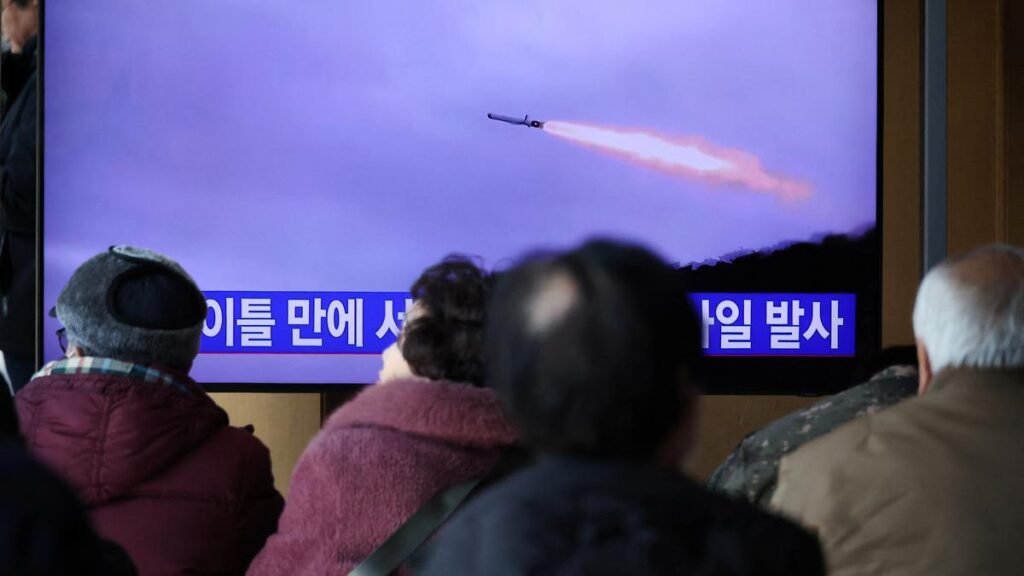“On January 30, North Korea launched multiple cruise missiles into waters off its western coast, marking its third such weapons test this month,” stated South Korea’s military. As North Korea showcases its growing arsenal designed to challenge its adversaries’ defenses, the South Korean Joint Chiefs of Staff confirmed that both South Korean and U.S. forces are analyzing the launches detected around 7 a.m. Further details, including the exact number of missiles fired, their range, and launch origin, were not immediately provided.
Following tests conducted on January 24 and January 28, North Korea launched the Pulhwasal-3-31 cruise missile, which it claims is specifically designed for submarine launch.
After the second launch, North Korean leader Kim Jong Un reaffirmed his ambition to establish a nuclear-equipped navy to counter what he perceives as escalating external threats. Whether Sunday’s water launch was executed from a genuine submarine or an underwater barge remains uncertain.
Tensions on the Korean Peninsula have soared to their highest level in years, with Mr. Kim intensifying his weapons development at an unprecedented rate while issuing provocative nuclear threats against the United States, South Korea, and Japan.
In response, the United States and its Asian allies have bolstered their joint military exercises, increasingly incorporating strategic assets like aircraft carriers, long-range bombers, and nuclear-powered submarines. They are also refining their deterrence strategies, with South Korea particularly seeking stronger assurances from Washington regarding swift and decisive action, including the potential use of nuclear weapons, to defend against a North Korean nuclear attack.
On January 14, North Korea conducted a test of a new solid-fuel intermediate-range missile, highlighting its ongoing efforts to enhance its weaponry capable of targeting U.S. assets in the Pacific, including the vital military base of Guam.
Concerns are mounting that Mr. Kim, buoyed by the continual advancement of his nuclear arsenal and bolstered ties with Russia, may escalate pressure on his adversaries during an election year in both the United States and South Korea.
Beyond weapons testing, there is a growing unease in South Korea regarding the possibility of a direct provocation from North Korea. In early January, North Korea fired hundreds of artillery rounds into waters near their disputed western sea border for three consecutive days, prompting a reciprocal response from the South. While no casualties or damage were reported, the sea boundary has been the scene of numerous violent skirmishes and attacks in previous years.
In a fiery address to Pyongyang’s Parliament on January 15th, Mr. Kim announced a significant shift in North Korea’s stance, declaring the abandonment of its longstanding goal of peaceful unification with South Korea. He ordered the rewriting of the North Korean constitution to solidify the South as its primary hostile foreign adversary. Additionally, he asserted that North Korea had no intention of avoiding conflict and would employ its nuclear capabilities to destroy the South if provoked.
Experts suggest that North Korea’s actions are aimed at diminishing South Korea’s influence in international efforts to resolve the nuclear standoff. The North seeks to engage directly with Washington, aiming to solidify its nuclear status and negotiate the lifting of U.S.-led sanctions from a position of strength.
